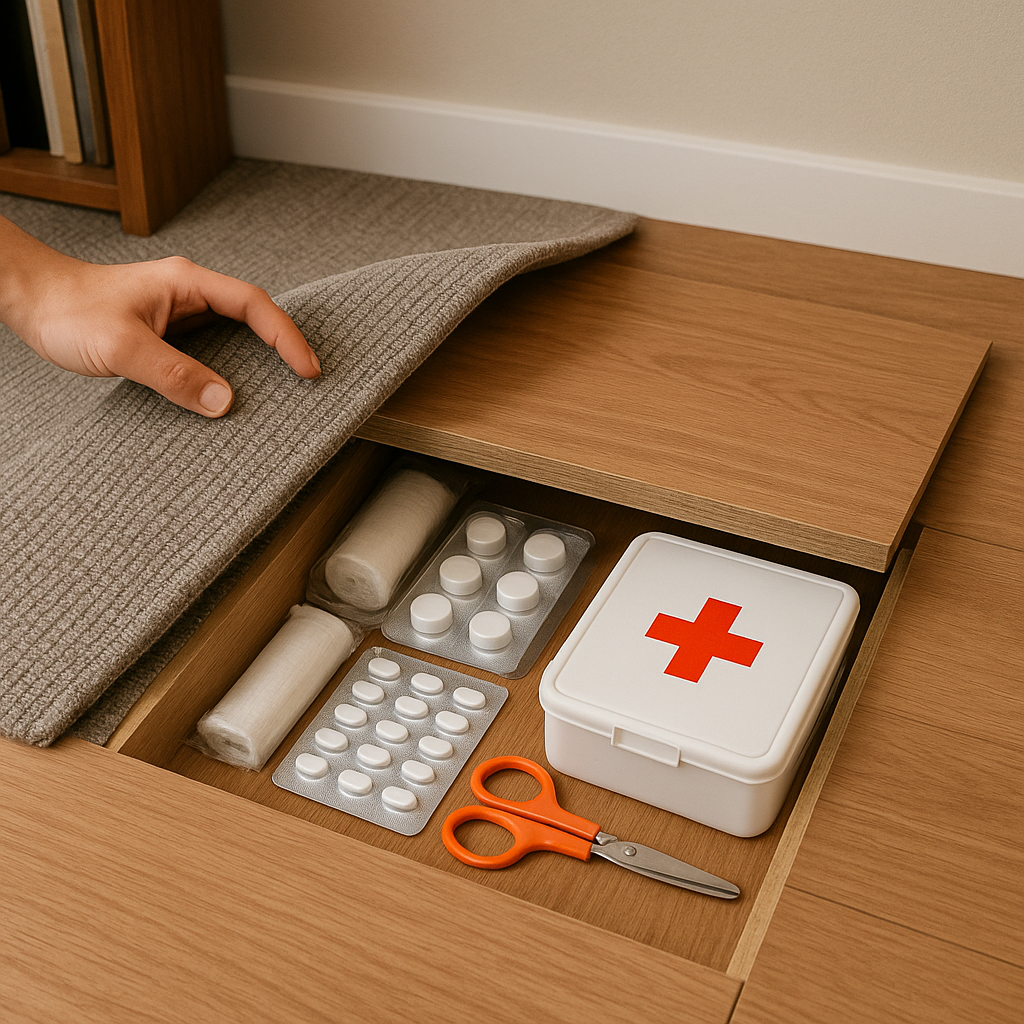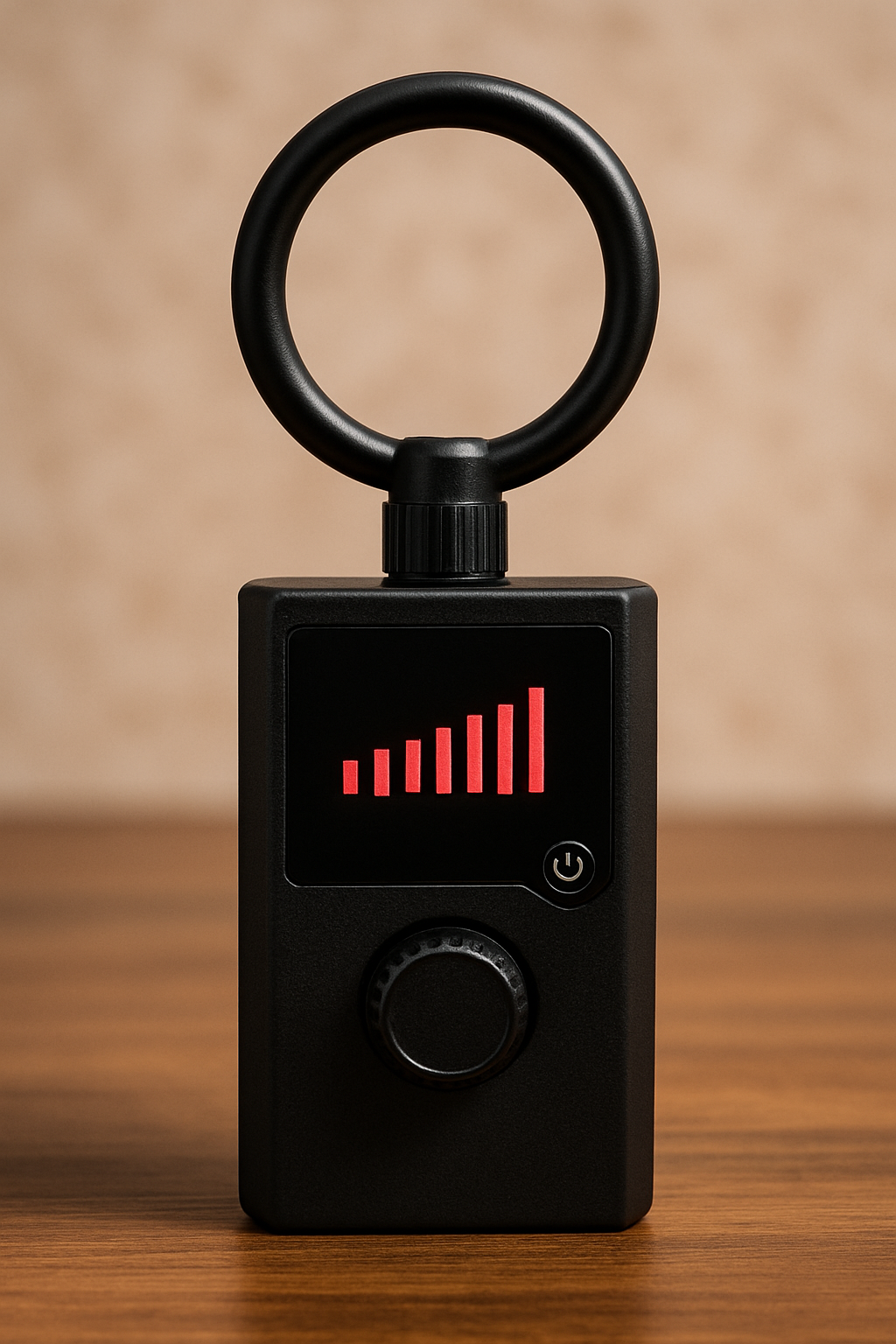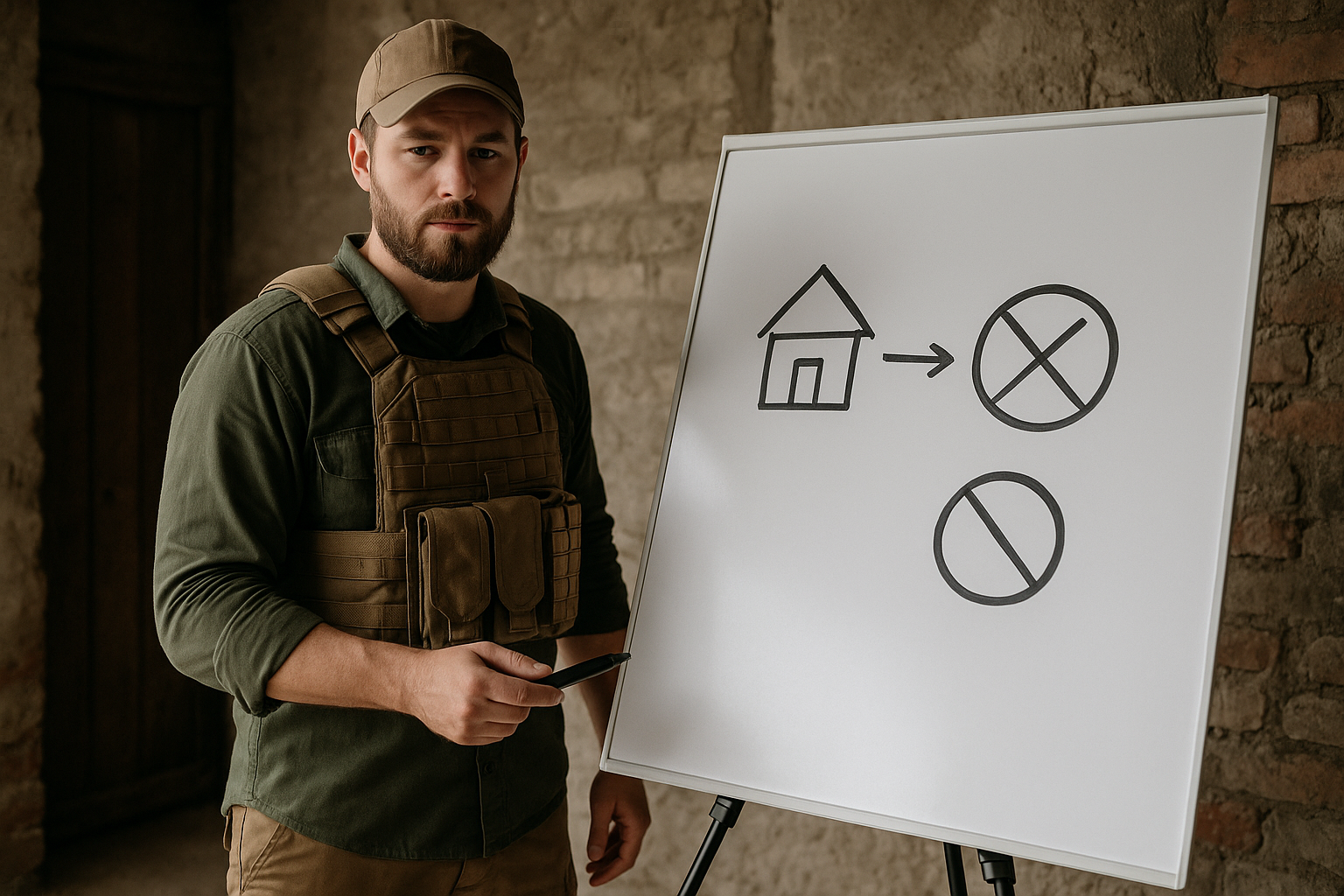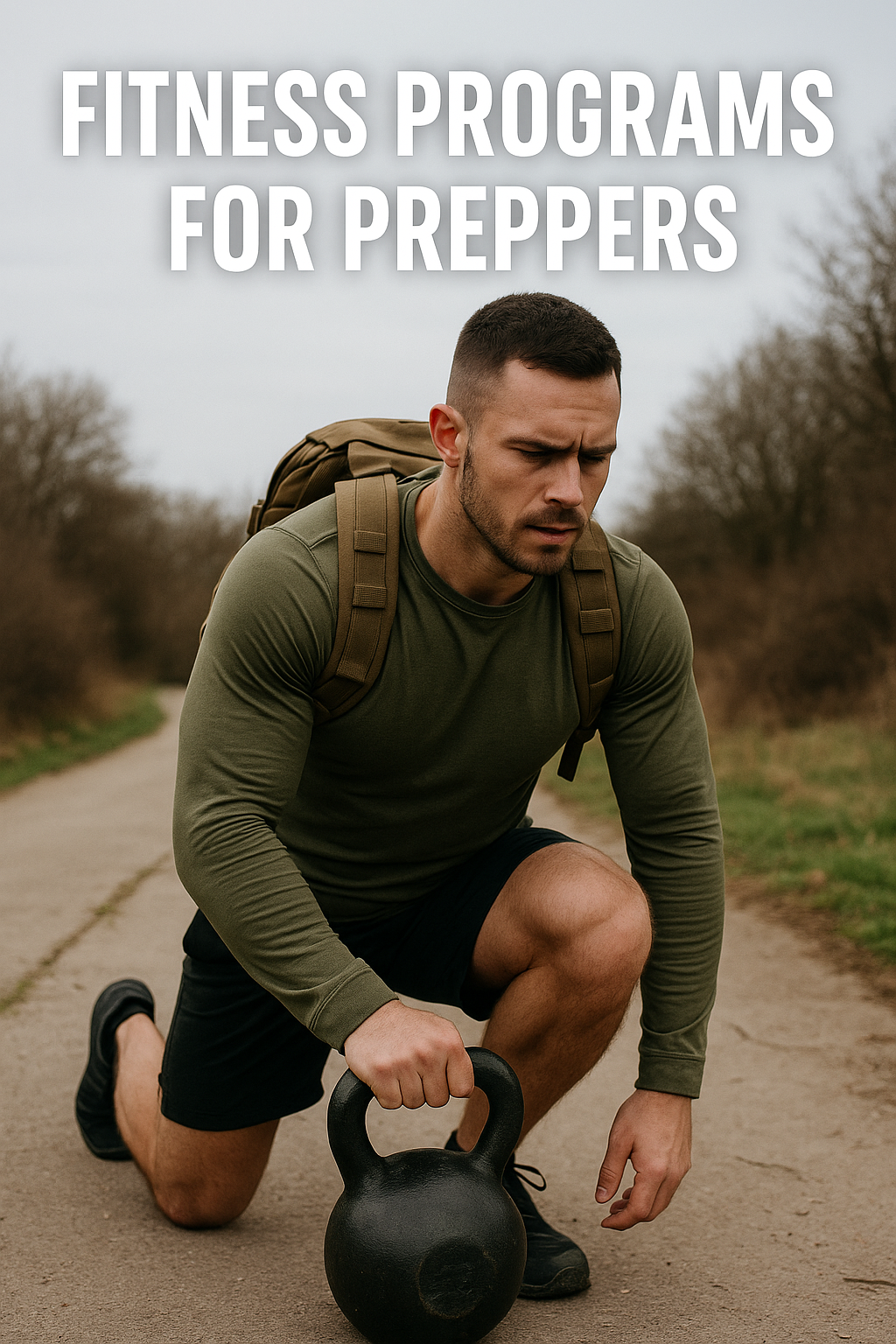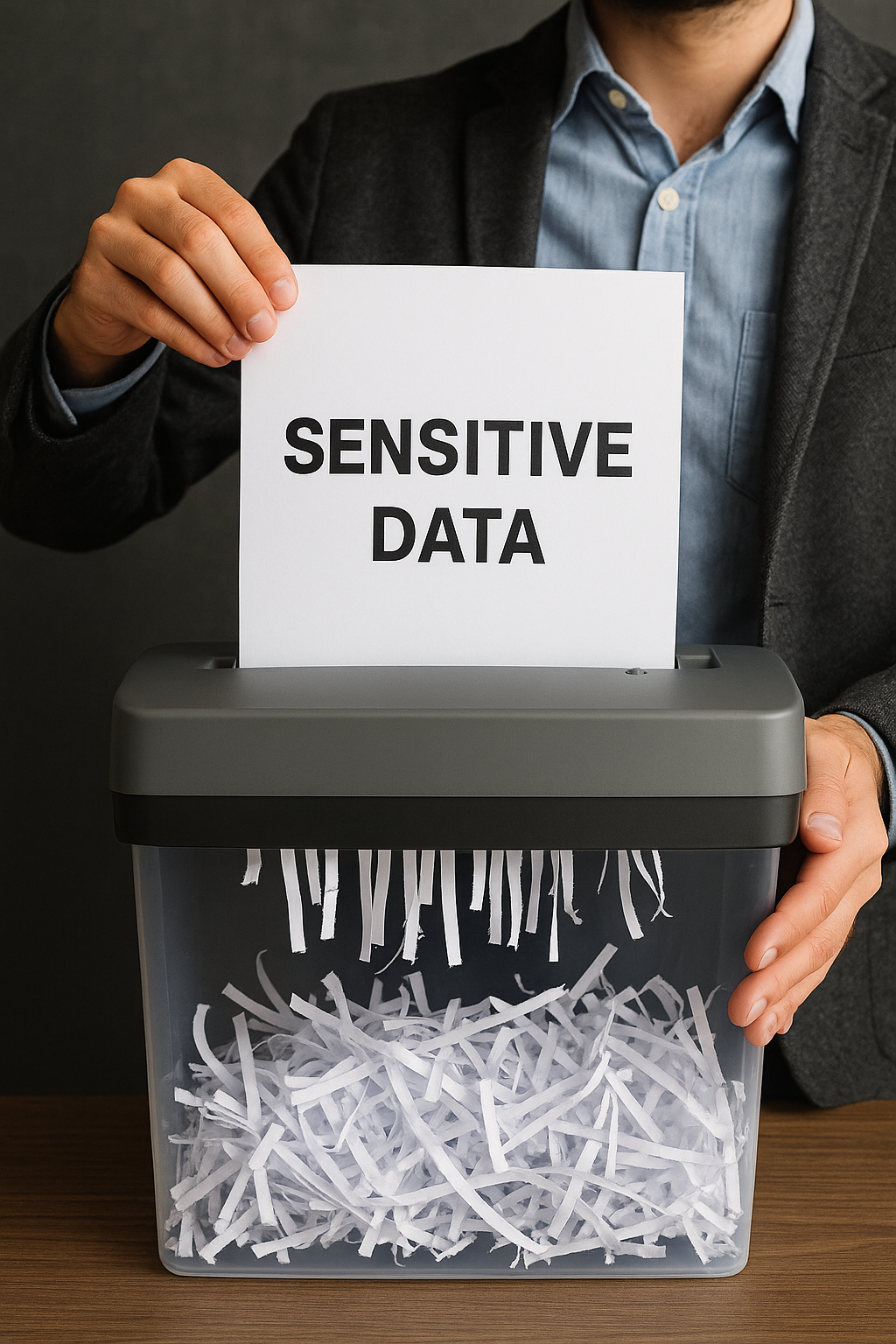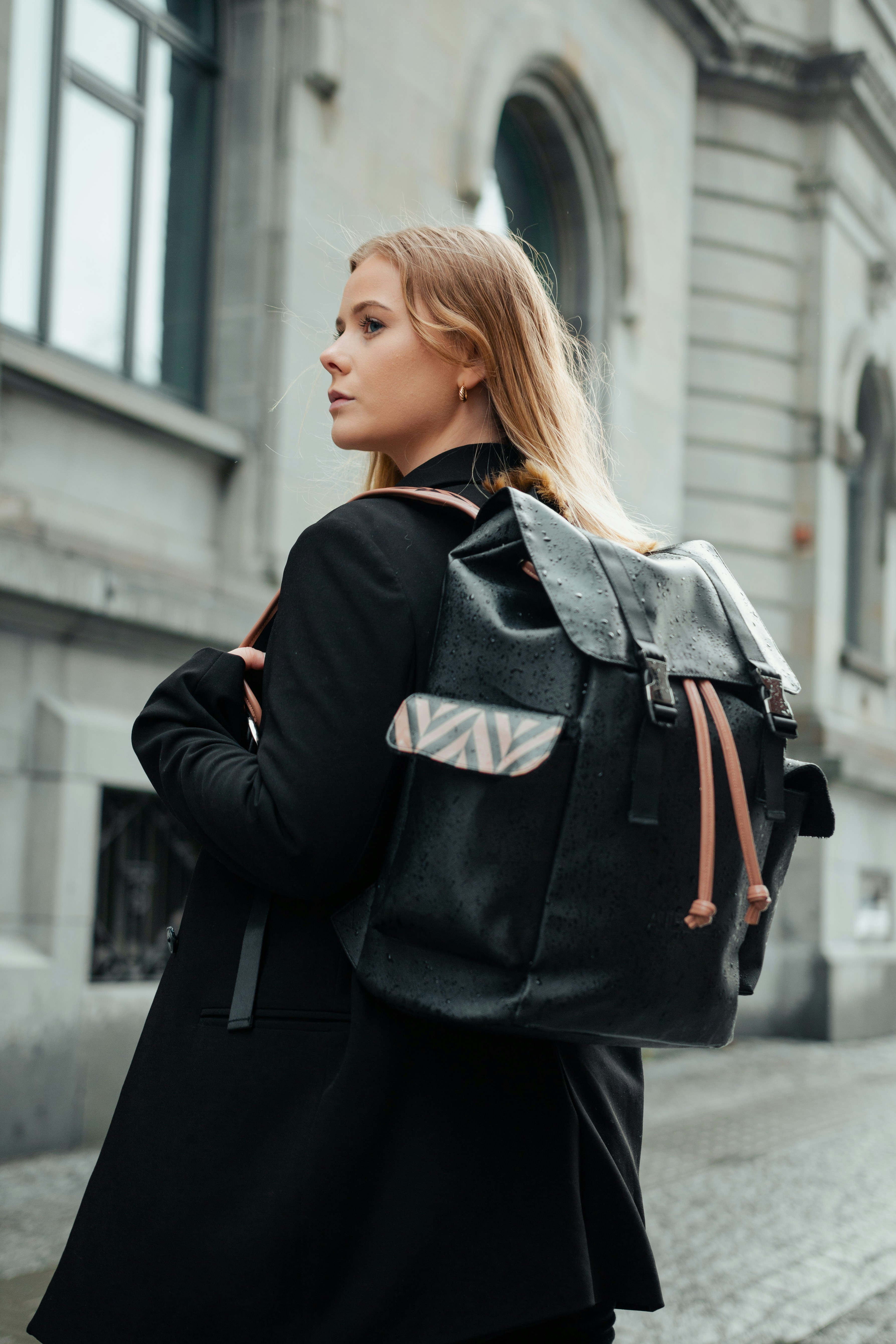In times of emergency or crisis, it’s crucial to have a well-prepared bug-out bag and appropriate clothing that enable you to leave your home quickly and sustain yourself for at least 72 hours. However, not all bug-out gear is created equal. Non-descript bug-out bags and clothing can play a crucial role in your safety and mobility during a bug-out scenario. Here, we’ll discuss the importance of low-profile preparedness and provide tips on how to put together a non-descript emergency kit.
Why Non-Descript Matters
The goal during a bug-out situation is to blend in with the environment and avoid drawing attention to yourself as a potentially well-equipped and prepared target. High-visibility, military-style, or tactical-looking gear can make you stand out, which might put you at risk in situations where there is social unrest, panic, or desperation. Non-descript bug-out bags and clothing allow you to maintain a low profile while still carrying the essential items you need.
Choosing a Non-Descript Bug-Out Bag
When selecting a bug-out bag, consider size, comfort, functionality, and appearance.
Size: The bag should be large enough to carry your essentials but not so large that it becomes cumbersome. Aim for a capacity of about 40 to 50 liters, which is generally enough for a 72-hour kit.
Comfort: Look for a bag with padded straps and support features like a hip belt and sternum strap. Your bug-out bag may have to be carried for long distances, so comfort is key.
Functionality: Multiple compartments and pockets are beneficial for organizing your gear. Internal frames can provide support but avoid anything overly rigid that could betray a tactical look.
Appearance: Choose a bag with a simple design and a neutral or common color. Avoid camouflage patterns or anything with a military or tactical aesthetic. Go for looks that are common for hikers, students, or commuters.
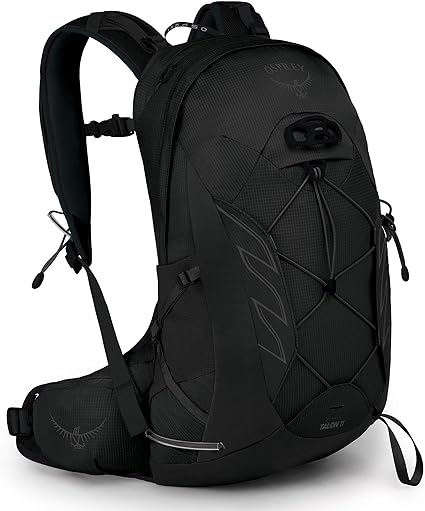
Osprey Talon 11 Men’s Hiking Backpack
Selecting Clothing
When assembling emergency clothing, prioritize practicality, durability, and inconspicuousness.
Color: Neutral colors such as gray, brown, green, and tan enable you to blend into both urban and natural environments. Avoid bright colors and patterns that make you stand out or seem tactical.
Material: Opt for durable materials that resist wear and tear, wick away moisture, and dry quickly. Synthetic blends are a good choice, although cotton can be comfortable for short-term scenarios in a dry climate.
Layering: Invest in a layering system that can adjust to different weather conditions. Your base layer should wick away sweat, your middle layer should insulate you from the cold, and your outer layer should protect you from wind and rain.
Essential Non-Descript Items
Here are some essential items to include in your non-descript bug-out bag:
- Water: A refillable
water bottle and a compactwater filter . - Food: Non-perishable, high-energy foods such as
rations or energy bars, nuts, and dried fruits. - Clothing: An extra set of non-descript clothing, including underwear and socks.
- Shelter: A compact, neutral-coloured tarp or
emergency bivy . - First-Aid Kit: Basic medical supplies for treating minor injuries. (View our first aid kit article)
- Tools: A
multi-tool , flashlight with extra batteries, and a fire starter. - Communication: A
solar-powered charger or hand-crank radio. - Personal documents: Copies of important documents in a
waterproof container . - Cash: Small denominations of cash can be useful in situations where electronic transactions are not possible.
Remaining Inconspicuous
Staying non-descript doesn’t end with your gear; it’s also a matter of behaviour. Avoid drawing attention to yourself by:
- Moving calmly and with purpose.
- Avoiding confrontations and crowded areas if possible.
- Keep your gear concealed until necessary.
- Practising situational awareness to anticipate potential threats and react accordingly.
In conclusion, preparing a non-descript bug-out bag and wearing appropriate clothing is a strategic way to stay safe and blend in during a hasty evacuation or crisis situation. By prioritizing subtlety and inconspicuousness in your preparedness plan, you maximize your chances of moving unnoticed and reaching your destination safely. Remember, the best emergency strategy is one that incorporates both comprehensive preparation and the ability to adapt to changing circumstances while attracting as little attention as possible.
